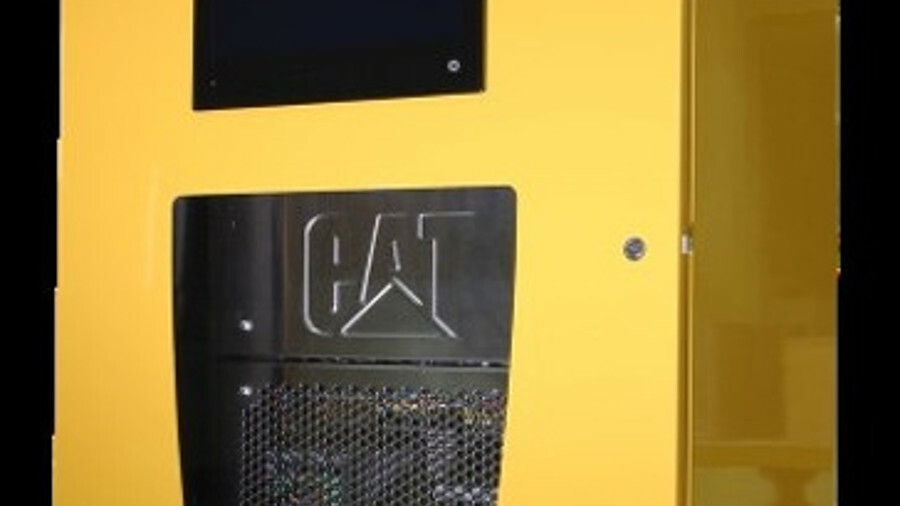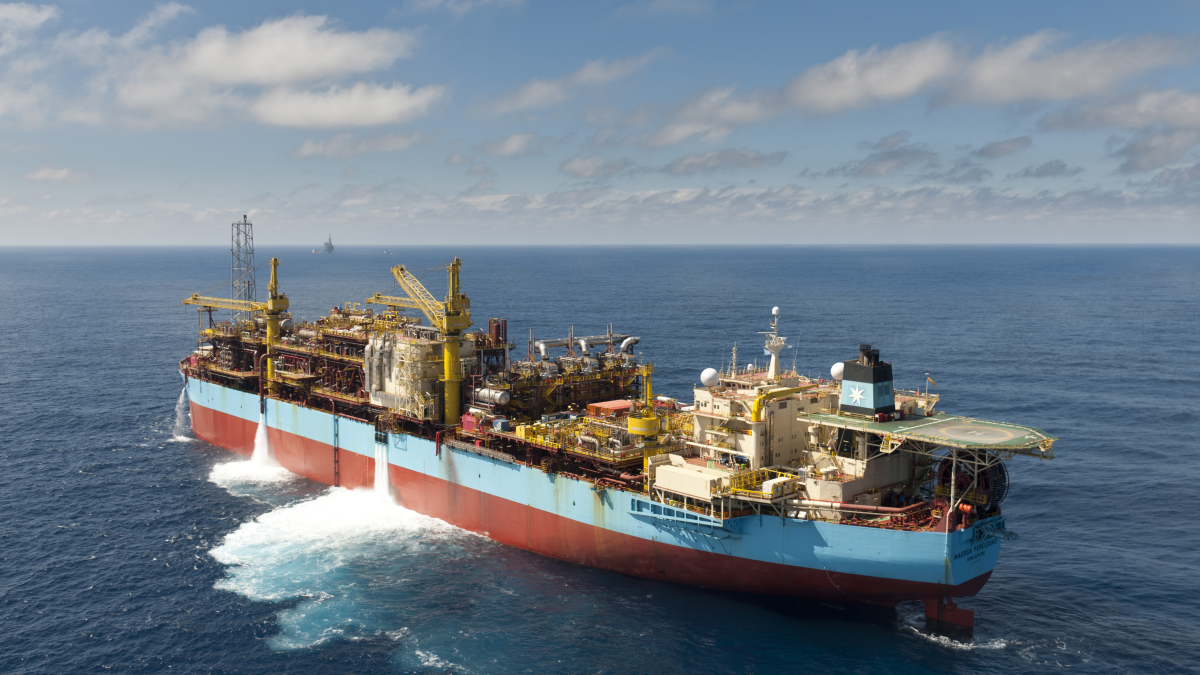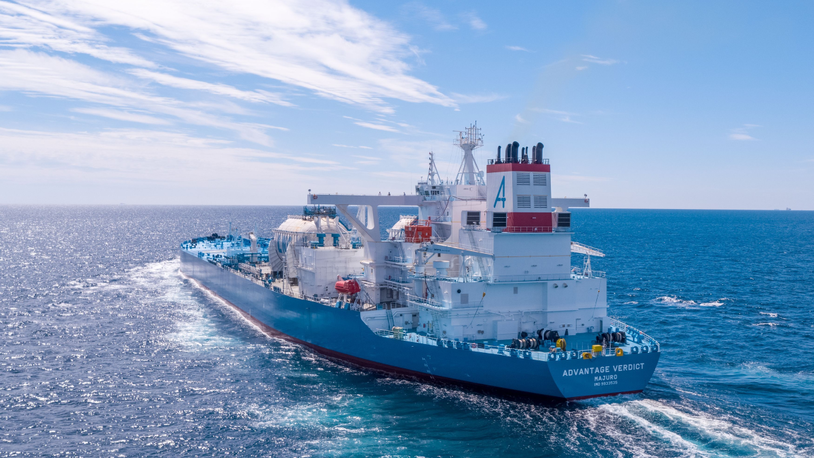Business Sectors
Contents
Cat MEO promises significant fuel savings
With so many competing demands, crew cannot always be relied upon to operate vessels with fuel efficiency as a top priority. But as T.E. “Dra” Wiersema, Caterpillar Marine, USA, explains, a solution may be at hand in the shape of Cat MEO.
A box of tricks…that learns
Using proprietary fuel maps and patented control algorithms, Cat MEO enables vessels with multiple power sources and multiple load factors to operate at maximum fuel, emissions, or response efficiency. It achieves this by map-based engine prioritisation and the capability to select differentiated engine-specific load points. The MEO cabinet is principally composed of a PLC, Power Management Device Controller, touchscreen display and a remote communication device.
For this reason, the MEO system is a learning system that actively updates maps to reflect the current condition of the engines. As engines or hybrid power sources accumulate hours they change, effecting fuel consumption, emissions outputs and even transient response rates. Using MEO, optimisation decisions are not based on outdated test-cell performance data. Rather, this learning system ensures that as an engine ages, the optimisation system will still make the best choices.
Data integration with vessel
Bridge and control room instrumentation panels have limited screen space and vessel companies have limited toleration for cutting new control panel holes. MEO works with the vessel system integrator to bring MEO screens into the existing vessel data system. This can be done through the development of MIMIC screens, or the vessel data system can load html screens from a MEO cabinet-based web server.
Remote data reception
Every MEO cabinet comes as standard with Caterpillar telematics that have satellite, cellular or ethernet connectivity through the vessel’s communication system. If granted rights to transmit data, the Caterpillar telematics will populate a website that provides customer access to detailed operational data and vessel reports on the generators, engines and systems.
Maintenance and optimisation
Caterpillar works with its customer to ensure MEO matches engine usage to their designed maintenance practices. For some customers, engine hour balancing is the primary driver and MEO will be programmed to keep every engine within a fixed number of operating hours. Other customers may want to have a sacrificial engine that they can overhaul or switch out quickly to minimise vessel downtime. The maintenance criteria can be hours, kw/hours or total fuel burnt.
Hybrid power sources and MEO
Most battery suppliers and the power management devices that manage batteries focus on optimisation within the battery package and not on the cost-optimised use of the batteries. Because of MEO’s access to fuel maps, the use of customer operating mode indicators, our optimisation algorithms, and MEO’s ability to anticipate daily load profiles based on customer and operational input, MEO can precisely choose the times and depths of battery cycles that bring the most benefit to a customer.
By inputting battery replacement and fuel cost into the MEO unit, a customer can select the parameters by which the battery cycles will be utilised, even preventing battery usage when a low price of fuel negates the value of batteries. Because there is a linear relationship between the depth of each battery charge/discharge cycle and the effect on battery life, the deep analytics of MEO are critical to help maximise the viability of batteries.
Mixing engine types
MEO’s capability to provide fuel savings increases significantly when the combination of different engine types is customised to the vessel load characteristics. By leveraging different sized engines, customers can limit engine wear due to low load operation, reduce fuel consumption and improve emissions; this can be achieved by having engine combinations that allow engines to operate in their peak efficiency zones at multiple vessel load points.
Depending on the degree of difference between engines, many power management systems are not able to maintain a stable bus in an environment of load variability. The different ability of each engine to respond to a load can cause a breaker to trip due to voltage fluctuations. MEO fuel maps and control algorithms prevent excessive voltage fluctuations, enabling the customisation of vessel engine room configurations.
Transient response improvements
During rough seas or when vessels are tight-harbor maneuvering, transient response can become important. Often in these situations a captain’s caution can take the form of running all engines, even if the loads are very low. Yet, it may be more important to provide at least one engine with enough boost pressure to supply power as fast as possible, to counter an unexpected gust of wind or the heave of a large swell.
By minimising the number of running engines, maintaining sufficient running reserve, or by having a minimum boost requirement, MEO enables the design of engine configurations so ensure sufficient transient response capability.
What about NOx Emissions?
There are two ways that MEO can reduce NOx emissions. The first is through the fuel optimisation mode and primarily occurs when MEO drives a reduction in the number of operating engines. A reduction from three engines operating at 33% load to two engines operating at 50% can create a NOx reduction in the range of 50%. Within the fuel optimisation mode, there is sometimes a single digit percent NOx reduction, stemming from the MEO-driven load allocation.
The second way MEO can reduce NOx emissions is still in development, but is expected to be available in 2018. This is through the use of Cat proprietary NOx emission maps to drive engine use, instead of using fuel consumption performance maps. The use of these NOx emission maps will have a substantial effect on NOx reduction, often in the double digits and at times reaching above 30%. It should be noted that the use of these NOx emission maps will increase fuel use substantially above that which would have been consumed using the fuel optimisation maps.
Caterpillar has run simulations based on data from Cat data loggers installed on a research vessel that showed NOx reductions from the use of fuel maps in the 8.5% range and savings from the use of NOx maps in the 25% range.
Who benefits and how?
MEO has a different value proposition depending on a companies or person’s role relative to a vessel and on the vessel application.
Owners have the broadest set of potential benefits depending on the nature of their application. Clearly fuel savings can benefit the owners and there is a strong and clear correlation of value that exists, no matter the effect of contractor supplied fuel, operating company internal expenses, or regulatory environment.
Designers too, have a unique value relationship to MEO. Designers will not directly participate in the fuel, emission or maintenance cost savings, but MEO does offer them the ability to design better vessels, not only through more efficient designs, but also through greater vessel design flexibility, reducing weight, dispersing engine installation locations and better matching vessel design to operational characteristics.
The list of benefits will also likely extend to maintenance personnel - by increasing the time between overhauls - shipyards, via the engine match-up flexibility enabled by MEO, and system integrators, who will be able to supply a system integration product with best-in-class fuel, emission, maintenance and transient capability at a relatively low incremental cost.
Related to this Story
Events
International Bulk Shipping Conference 2025
Tankers 2030 Conference
Maritime Navigation Innovation Webinar Week
© 2024 Riviera Maritime Media Ltd.













